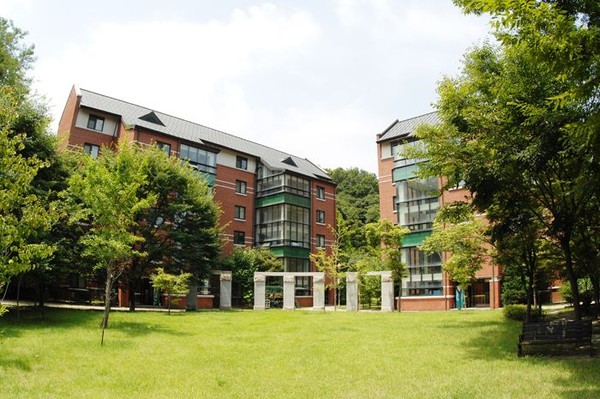Earlier this year, students who had to do self-quarantine upon returning to KAIST were relocated to Hwaam dormitory. However, following the government policy that foreigners without a permanent residence in Korea must stay in government-provided facilities, KAIST stopped the operation of Hwaam dormitory as a quarantine facility for incoming students from April 14. As such, any international student entering Korea must now complete the mandatory 14-day quarantine period in government facilities, paying a total of 1.4 million KRW.

Ms. Su-yeon Ahn, the Manager of ISSS, clarified that Hwaam was originally designated as a quarantine facility because of the sudden surge in COVID-19 cases in China and incoming students from the region after the Lunar New Year. Since there were no restrictions on quarantine facilities from the government at that time, the KAIST Task Force for the Prevention of COVID-19 made the decision to operate Hwaam as a quarantine center to deal with the urgent situation. Since March, however, only a few international KAIST students have come back to Korea, so there is a less urgent need to continue operating Hwaam as a special quarantine facility.
The closure of the quarantine facility at Hwaam dormitory was also affected by other considerations. When the quarantine facility at Hwaam was first announced, there was strong opposition from students residing in the dormitories. Although the Operations Team managed to persuade the residents to accept the decision, the facility still caused discomfort among them.
Operational costs were another major factor. Opening the quarantine facility at Hwaam had a high cost, since there were many aspects to take care of. For instance, the school hired a quarantine expert, guards to keep students safe, and caretakers to stand by in case students needed some help. “Even though we still call [Hwaam] a “dorm”, it is actually more like a hospital,” Ahn remarked. “It was not as simple as what some might expect; a lot of attention and care were needed.”
There are three government-operated quarantine facilities in Daejeon: located in the International Intellectual Property Training Institute, Daejeon Youth Training Village, and Daejeon Metropolitan City Maninsan Green Learning Institute. The facilities are fully-furnished and more comfortable than the Hwaam facility, hence their cost of 100,000 KRW per day. Nurses are also provided to take care of residents’ needs.
Lastly, Ms. Ahn said that as of now there is no plan to re-operate Hwaam as a quarantine residence for students since the end of the semester is drawing near, and the school does not expect many students to return to Korea.

